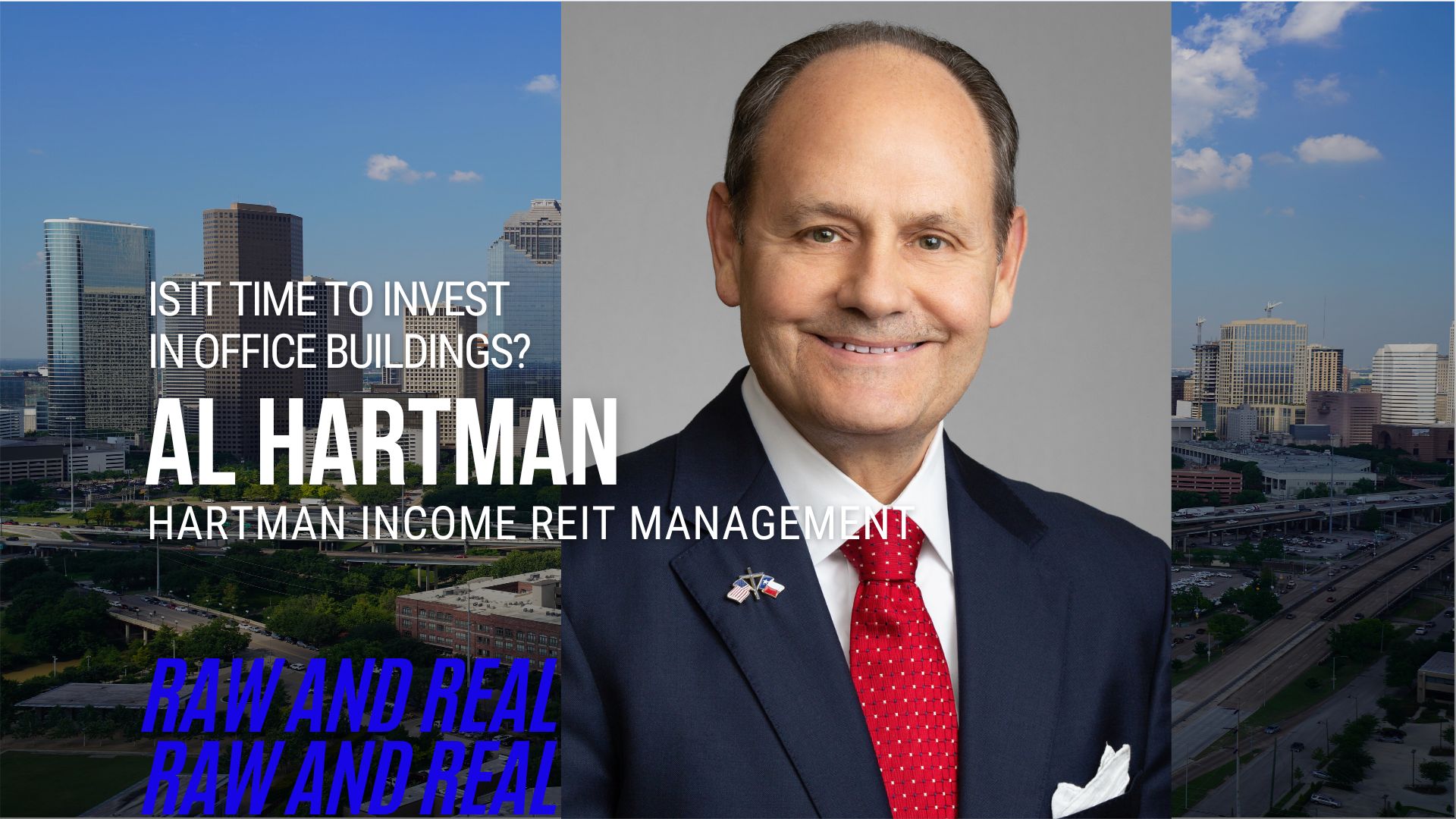Densification is a watchword in the world of office buildings. The number of employees that can be accommodated in a given space is a metric used to calculate the bottom line. Interestingly, there is an identifiable trend in the opposite direction of “packing them in”. Workplaces are being thoughtfully reimagined and redesigned to give each employee more space, also know as dedensification.
The move toward dedensification has been predicated on these two factors:
1. The disruption of the COVID-19 pandemic and a reduced in-person workforce. In short: fewer people coming into the office means that those who do can occupy more space.
2. Social distancing requirements or preferences. In many cases, the use of traditional bullpen configurations or cubicles don’t fit with state regulations or CDC recommendations.
Knowing how prevalent the trend actually is, and whether it is here to stay, has a real impact on commercial real estate.
Stats and Forecasting: Office Space Use
What we know is this:
In Q4 2020, the VTS Office Demand Index (VODI) reported a 26% drop in tenant demand for office space. Southern and western areas recovered the quickest, with markets like LA, San Francisco and metro areas of Texas seeing the least impact from seasonality and netting positive growth.
Leading the way in office utilization, the Dallas area saw the quickest rate of worker return to the office after the pandemic (36% by September 2020).
The market didn’t bottom out. And yet, by Q2 2020, vacancy rates in the office sector averaged at 15%.
As more industries rely on a knowledge-based workforce, digitalization makes remote work very easy. It is estimated that 50% of U.S. jobs can be done in a remote setting.
Unsurprisingly, jobs that would typically take place in an office setting are the easiest to accomplish through telework. Employees in finance, professional/business services, information, public administration and even health services are able to work from home.
What does all of this mean? It means that office buildings aren’t shuttering en masse and fewer people are coming into work.
Dichotomous as that may seem, this pleasant paradox has made the reality (and durability) of dedensification possible.
Dedensification in the Workplace
Dedensification efforts are occurring alongside health and safety measures. The efforts relate largely to workplace design. In a survey by Colliers, 30% of office building occupants are in favor of dedensification. The same survey indicates that participating businesses intend to decrease workplace density by as much as 20%. For the most part, this will be achieved by reconfiguring existing office layouts/seating plans.
For the past ten years, office space per employee steadily shrank from 250 square feet per person to less than 100 square feet in 2019. Clearly, dedensification will reverse that trajectory and give workers some breathing room back.
What Does Dedensification Mean For Commercial Real Estate?
If the worth of an office unit is measured by companies in terms of occupied space, dedensification must mean something in terms of building value. The million (or more accurately, multi-billion) dollar question is this: what does dedensification mean for commercial real estate? A few truths are coming into focus.
1. The least dramatic impact could be in urban contexts. Office space leases will hold steady and may even increase. This is due primarily to the fact that remote work is not ideal for companies that thrive in major cities. Downtown, or “headquarter” markets may continue to require in-person collaboration. New York, Silicon Valley and even satellite markets like Denver, Portland and Dallas will continue to attract decision-makers that want and need face-to-face meetings. While the effect may not be net-zero, dedensification may just be a hurdle that companies face by leasing more space or relocating to the suburbs.
2. The office market segment that may be at most risk is coworking spaces. In the last 10 years, co-working spaces have become a demand driver. Profit from these spaces has already deteriorated in the last 10 months, and may continue to as people become fully acclimatized to working from home, or as offices reopen with dedensification measures in place.
3. One clear opportunity right now—and where major commercial real estate transactions are still happening—is in adaptive reuse. Suffice it to say, there is more vacant space for lease than ever. Companies that are de-densifying work environments need more room. They will have to buy or lease it. When it isn’t available as a turnkey solution (ie existing office spaces), plenty of creativity is in action to convert what is available (retail or industrial spaces) into something that works.
Give it Space (and Time)
Commercial real estate is inarguably being reshaped. This is not time to press the panic button. But it is important to fully understand the reality of the situation:
• 172.7M square feet of office space (Class A) is expected to come online between 2021-2022.
• As many as 26% of hotels around the country are facing possible foreclosures.
• In Washington D.C. alone, 2.6M square feet of commercial real estate is under construction, with 6M more planned and 3.2M more proposed.
• The retail apocalypse of 2020 caused 8,300 major retailers to close store locations.
• Experts anticipate that 33% of malls in the U.S. will close by 2025.
All of this amounts to one thing: space. Available, new, old, rentable, buyable space. The reality of underused or vacant spaces can be seen as bleak or as an opportunity. It would appear that the currency of this opportunity is space itself.
Savvy investors are pouncing on the latter option, activating a variety of innovative strategies to boost sales and optimize revenue for commercial properties. Sheila Botting, President of the Professional Services Practice at Avison Young, tells the NYT that commercial realtors never let “a crisis get in the way of creating opportunity.”

What To Do With All The Space
Unique strategies are required to capitalize on new opportunities. For instance, the Hartman model targets properties in high traffic suburban areas and low occupancy with aggressive leasing tactics.
Some of the best ideas for all this space are related to the idea of adaptive reuse. Businesses are more than willing to think outside the cubicle. Adaptive reuse transitions existing buildings/adds new value and use for properties.
Adaptive Reuse
The legacy of immense commercial real estate changes that occurred during the early 2000s is being called up a lot right now. For example, after the September 11 terrorist attack, more than 13.8 million square feet were repurposed, two million of that was used for new office space and redeveloped retail space (completed in 2019).
Experts anticipate an unprecedented scale of change to blossom over the next 18-24 months. One project that is already in motion is between DJM Capital Partners and Gaw Capital Partners. These companies have plans to transform about 100,000 square feet of existing retail space into creative office spaces in NYC.
1. Developers who are transitioning buildings for reuse have to take four key factors into account:
2. How to start with an existing structure and what changes/additions can be made.
3. Functional and economic obsolescence (highest/best use, etc.).
4. Change of use: not just to reuse but to repurpose.
5. Economic viability (often incentivized by state governments/tax breaks, etc.).
Many companies are relocating entirely, seeing the value of property investment in states like Texas, where economic growth is more attainable without costly real estate overhead.
Is Dedensification Bad News?
Emphatically: no. While some deals stalled out (remember WarnerMedia and Uber), plenty of companies are moving ahead with big office plans. These include:
• Amazon is creating six new tech hubs in six cities, which will be about a $1.4B investment in office space. These will be located in Detroit, Denver, Phoenix, San Diego, New York and Dallas.
• In mid-August 2020, Facebook upped its NY office lease and now pays for over 2.2M square feet of office space in the city.
• Even with a 3-day workweek/WFH hybrid schedule, Google employees are enjoying last year’s $10B investment in new offices in 11 states.
• The ongoing California exodus is shifting the centrality of businesses to places like Colorado, Chicago, Austin and Houston.
Companies spreading workers out will mean a return to more square feet per person and an increase in overall square footage needs. Commercial realtors need to be as flexible as ever and adapt to the idea that new trends can equal new opportunities, as long as they’re accompanied by the right mindset.





